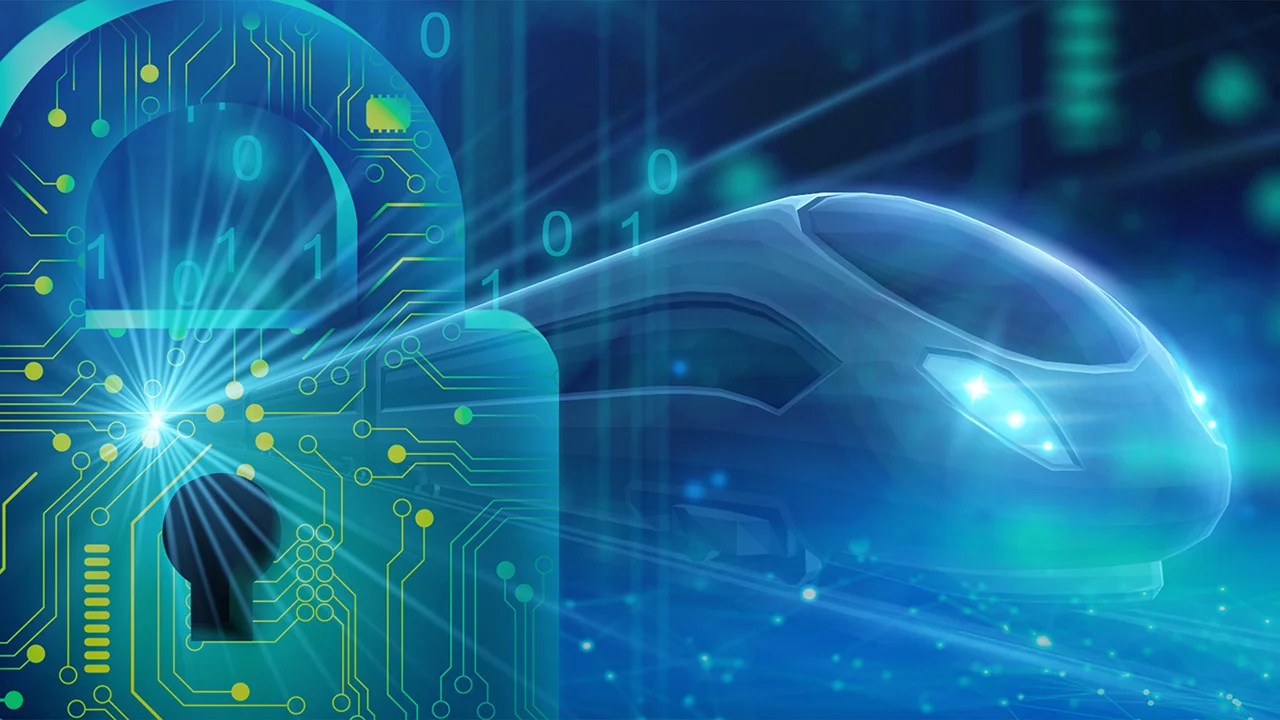Strengthening Railway Cybersecurity: Safeguarding the Future of Rail Networks

The railway industry is undergoing a significant transformation, driven by the integration of advanced digital technologies such as automated signaling systems, IoT-enabled monitoring, and smart ticketing platforms. While these innovations enhance efficiency, reliability, and passenger convenience, they also expose rail networks to a growing range of cyber threats. Railway cybersecurity has thus emerged as a critical focus for operators, governments, and technology providers aiming to protect critical infrastructure from malicious attacks.
Modern rail systems rely heavily on interconnected digital platforms for train control, passenger information, and operational management. Any disruption to these systems can lead to service delays, financial losses, and even safety hazards. Cybersecurity incidents in rail networks can result from malware, ransomware, phishing attacks, or unauthorized access to operational technology (OT) systems. Unlike conventional IT networks, OT systems in railways control physical equipment, making the stakes of a breach particularly high. This has prompted the industry to adopt a proactive approach toward cyber defense, integrating advanced threat detection and response mechanisms.
Key strategies in railway cybersecurity involve multi-layered protection measures that combine technological, procedural, and organizational safeguards. Firewalls, intrusion detection systems, and encryption protocols form the technological backbone, while strict access control policies and regular system audits enhance operational security. Additionally, training railway personnel to recognize potential cyber threats is crucial, as human error remains one of the leading causes of security breaches. Regulatory compliance with standards such as the European Union Agency for Cybersecurity (ENISA) guidelines and national railway cybersecurity frameworks ensures that operators maintain robust security practices across all network components.
Railway cybersecurity also emphasizes the importance of collaboration between industry stakeholders. Manufacturers, operators, and government agencies must share threat intelligence to identify vulnerabilities and respond swiftly to emerging cyber risks. Public-private partnerships play a key role in developing standardized security protocols, conducting cybersecurity drills, and implementing resilient infrastructure designs capable of withstanding both cyberattacks and operational failures. Innovation in artificial intelligence (AI) and machine learning (ML) further enhances predictive security measures, enabling rail networks to anticipate threats and mitigate risks before they escalate.
As railways continue to adopt digital technologies, the cybersecurity landscape will evolve alongside emerging threats. Operators must prioritize continuous investment in advanced cybersecurity solutions, regularly update legacy systems, and maintain a culture of vigilance across the organization. By strengthening cybersecurity, the railway sector can ensure safe, reliable, and efficient services while protecting passengers, employees, and critical infrastructure from the growing dangers of cybercrime.
Source - https://www.marketresearchfuture.com/reports/railway-cybersecurity-market-10707
Railway cybersecurity is no longer a secondary concern; it is a fundamental component of modern rail operations. Through a combination of technology, collaboration, and proactive risk management, the rail industry can successfully navigate the digital era while minimizing vulnerabilities and safeguarding the backbone of global transportation networks.






